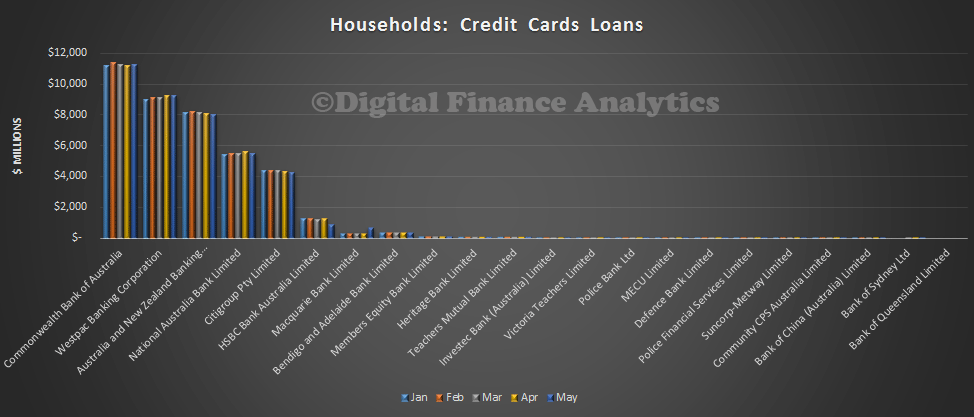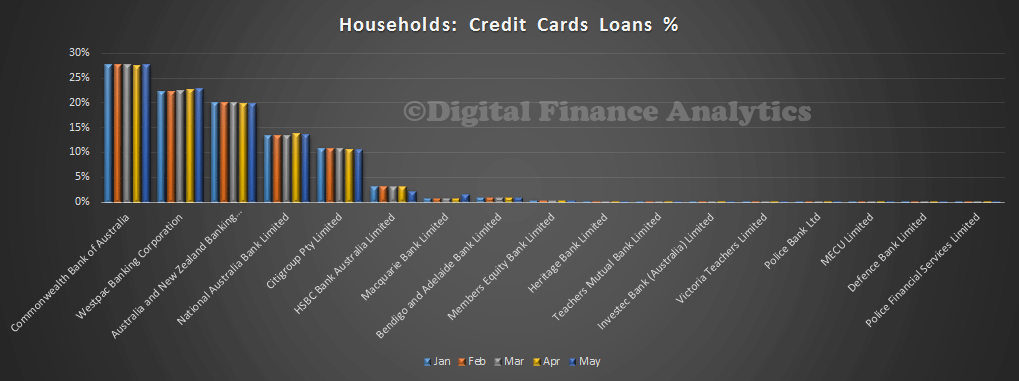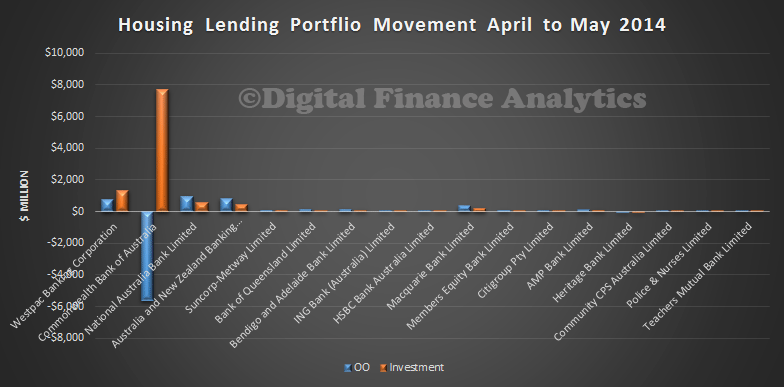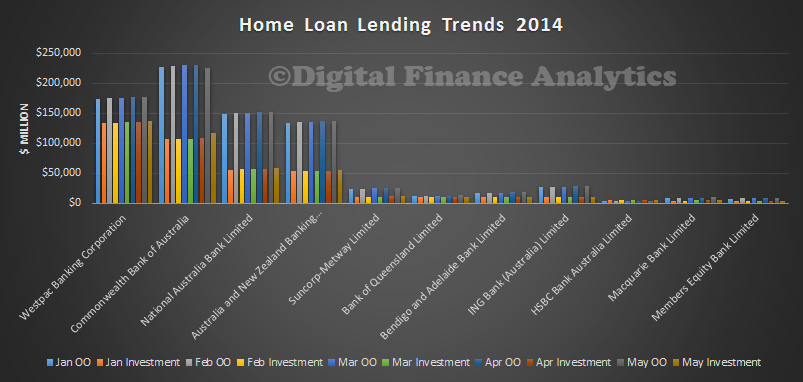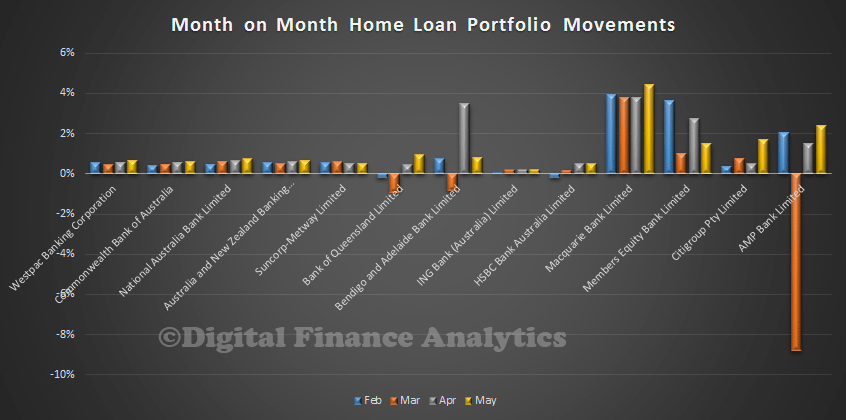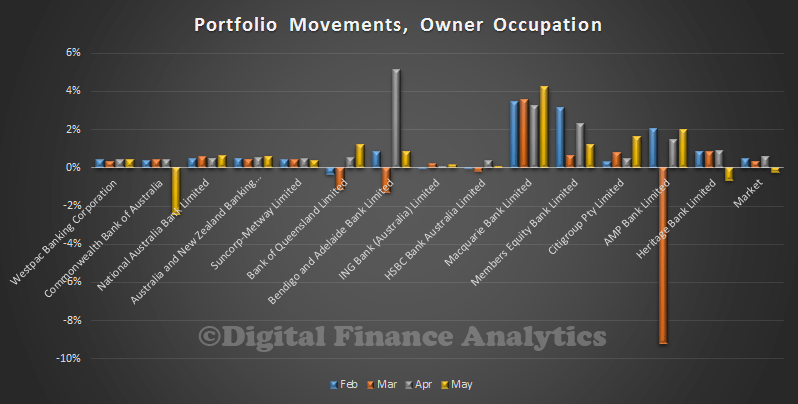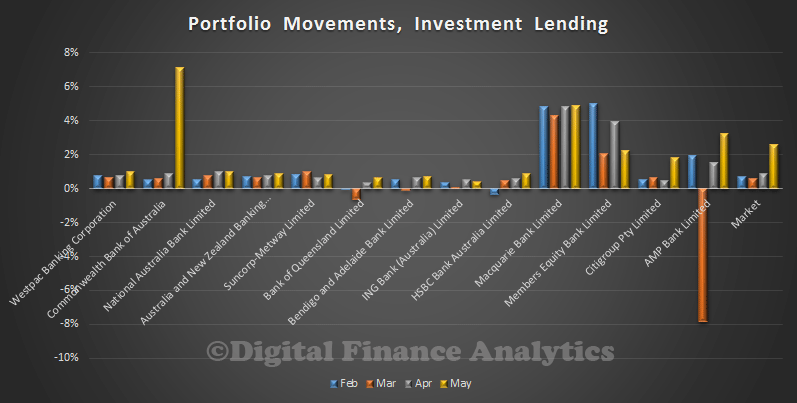Further evidence of the continued importance of peer to peer lending is highlighted by the news that Spanish based bank, Banco Santander will start referring small UK businesses to peer-to-peer lending service Funding Circle as part of a new partnership between the two firms. As we highlighted in our recent review of the development of peer to peer lending, Funding Circle is an online marketplace for business loans aimed at small companies. Funding Circle, as a quid pro quo will point customers to Santander for day-to-day banking services such as advice, cash management or expertise.
So far Funding Circle has lent £306m to more than 5,000 businesses. The company says the opportunity is still massive, citing research estimating that some 250,000 businesses could qualify for alternative funding in the UK each year. The model has piqued the UK government’s attention, with the British Business Bank, which it backs, investing GBP60m (USD101m) to fund 10% of all business loans made on Funding Circle. This offers an alternative channel to funding to businesses which find it difficult to obtain financing through traditional channels. The traditional British banks seem unwilling to provide sufficient credit to small and medium-sized enterprises (SMEs) and the UK government is considering making it compulsory for them to direct failed loan applicants to alternative institutions, such as peer-to-peer lenders.
Funding Circle include the following facts on their web site (correct as at 1 May 2014):
- ~30,000 active investors registered with Funding Circle
- The average amount an active investor has in their account is £6,000
- Average net return is 6.1%* after fees and bad debt but before tax
- Investors recently exceeded a total lending of £270 million
- £130 million of this total was lent in 2013 alone
- 4,000+ businesses have borrowed via Funding Circle
- More than £20 million lent to small businesses every month
- Average loan amount is approximately £60,000
- Approximately 1.4% bad debt ratio
- The peer-to-peer lending industry is tripling in size each year, and has the potential to become worth over £12 billion per year within a decade according to independent research by Nesta
- The top three platforms alone have already completed almost £1 billion of lending to date and will help lend another £1 billion over the next 12 months
Detailed Funding Circle Statistics are available here.

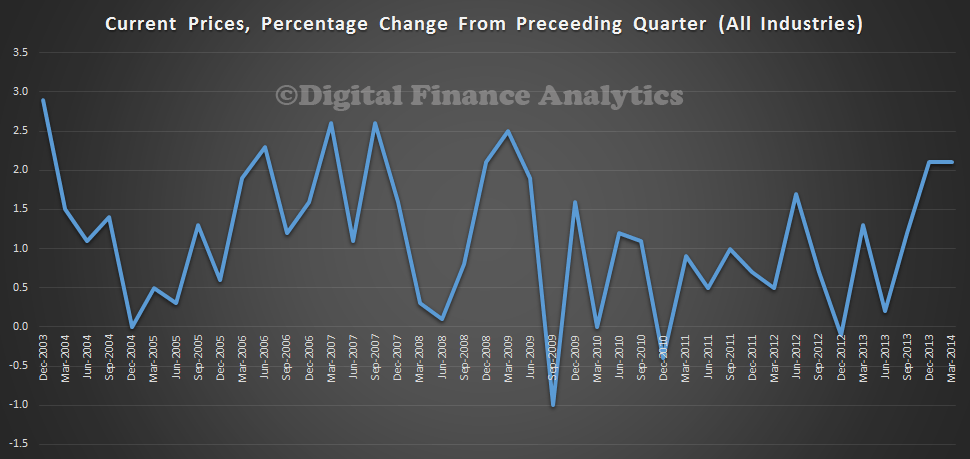

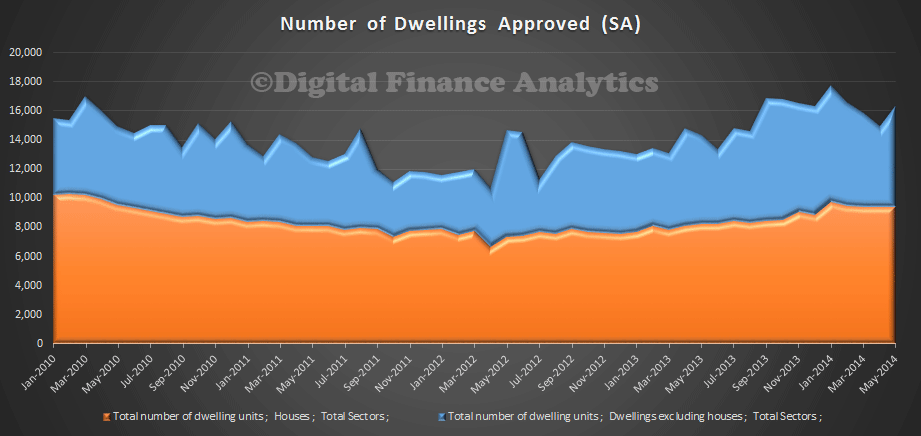
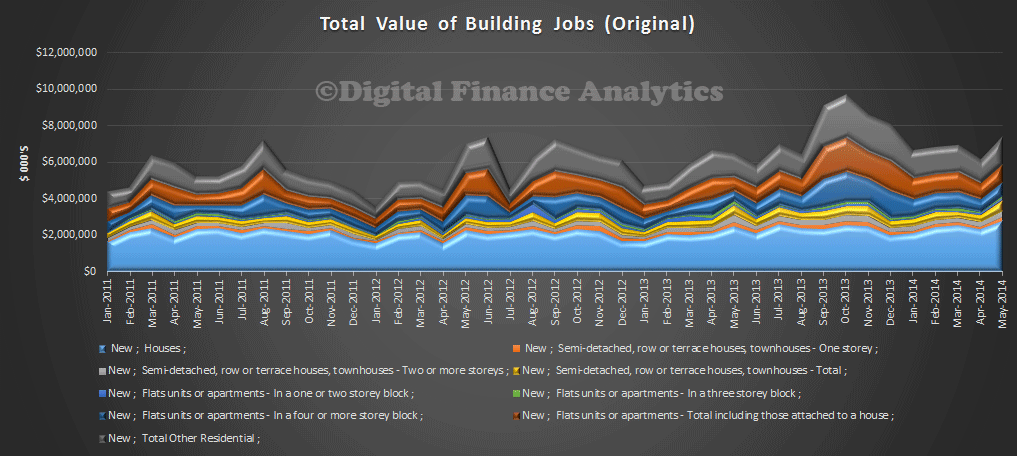 However, the seasonally adjusted estimate of the value of total building approved rose 26.1% in May after falling for four months. The value of residential building rose 13.5% after falling for three months. The value of non-residential building rose 59.5% after falling for four months.
However, the seasonally adjusted estimate of the value of total building approved rose 26.1% in May after falling for four months. The value of residential building rose 13.5% after falling for three months. The value of non-residential building rose 59.5% after falling for four months.